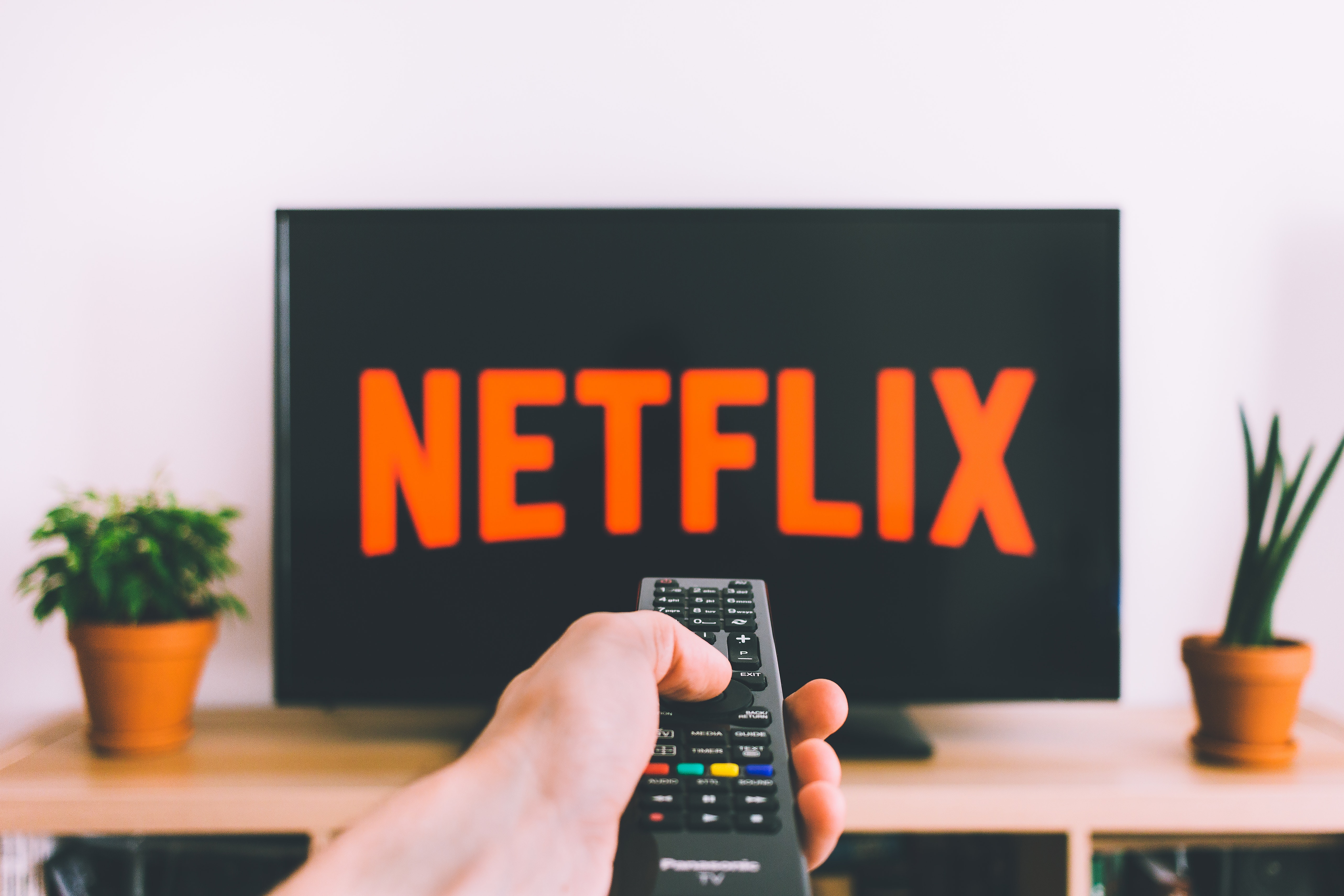Why (And How) I Ditched Netflix
Setting Up a Personal Streaming Service

Why
Once upon a time there was cable and/or satellite TV. It was too expensive, was heavily Ad supported, and had mostly crap content. And the Millenial saw that it was very bad.
And then the Millenial said "Meh...", and Netflix flashed into existence. And it was very good. A reasonably priced alternative to cable, with no Ads, and solid content. The Millenial had forced the hand of the money mongering content provider, and had changed the course of television.
Then, the dark days began. The Streaming Wars, broke out with aggression as content providers said "WE WANT MORE MONEY!".
Amazon Prime, HBO Go, Hulu, Disney+... Even the occasional Ad support for paid content...
It was then that the Millenial realized that they hadn't changed anything. That they had been duped into a different flavor of what they had before. And the dollars began to drain from their bank accounts in large lump sums at the end of each month. Their favorite content was even pulled occasionally.
And the Millenial wept, as they were both emotionally available and shallow enough to do so.
But then, at the first light of the fifth day, at dawn; the Millenial looked to the east. And so emerged the final savior, the personal Netflix.
How
Buy physical media, rip that media to digital format, and then setup a home media server.
There are a number of programs that are free to use, that work pretty much exactly like Netflix, but for the content that you own. Check some of them out:
Buy a home NAS or build one yourself.
Start ripping content to it with MakeMKV (yes it looks sketchy, but it's legit). MakeMKV will not convert or compress any of your content, but will give you the raw content on the disk in it's full resolution. Be prepared for Blu-rays to require 30 GB, and DVD's to require 4 or 5.
The Math
So lets say you're the average American citizen. According to an article published in Forbes that means you're paying for around 3.4 streaming services at an average of $8.53/mo.
- $8.54 * 3.4 = $29.036/mo
- $29.036/mo * 12 months = $348.43/yr
Bottom line, the average American spends around $348.43/yr on streaming services. Let's say the average Blu-ray (so you're getting all the sauce of a UHD experience) costs around $20. That's around 17 pieces of content that you could own each year. Aaaand that's if you're foolish enough to buy them new. Buying used could make that number orders of magnitude higher. As an example, I once bought 3-4 complete trilogies, and 3-4 complete TV series for around $60 (good ones too, classics).
Think about it, how often do you just want to re-watch Friends, or The Office, or Parks and Rec., or Seinfeld, or The Sopranos, or Breaking Bad, or Stranger Things, or whatever again? Right now if you wanted access to all of those, you're going to have to subscribe to at least 3 streaming services. Instead you could just OWN them forever. And it comes with the convenience of modern streaming services like the ability to watch on any device and download content for offline playback.
Conclusion
In the long run, owning content is going to be more cost effective (and potentially immediately), plus you get the added benefit of having really good content. The only thing to stop you is the feeling that it's too complicated, and to that I say: "If you could navigate to this blog post, then you'll be able to figure it out just fine."